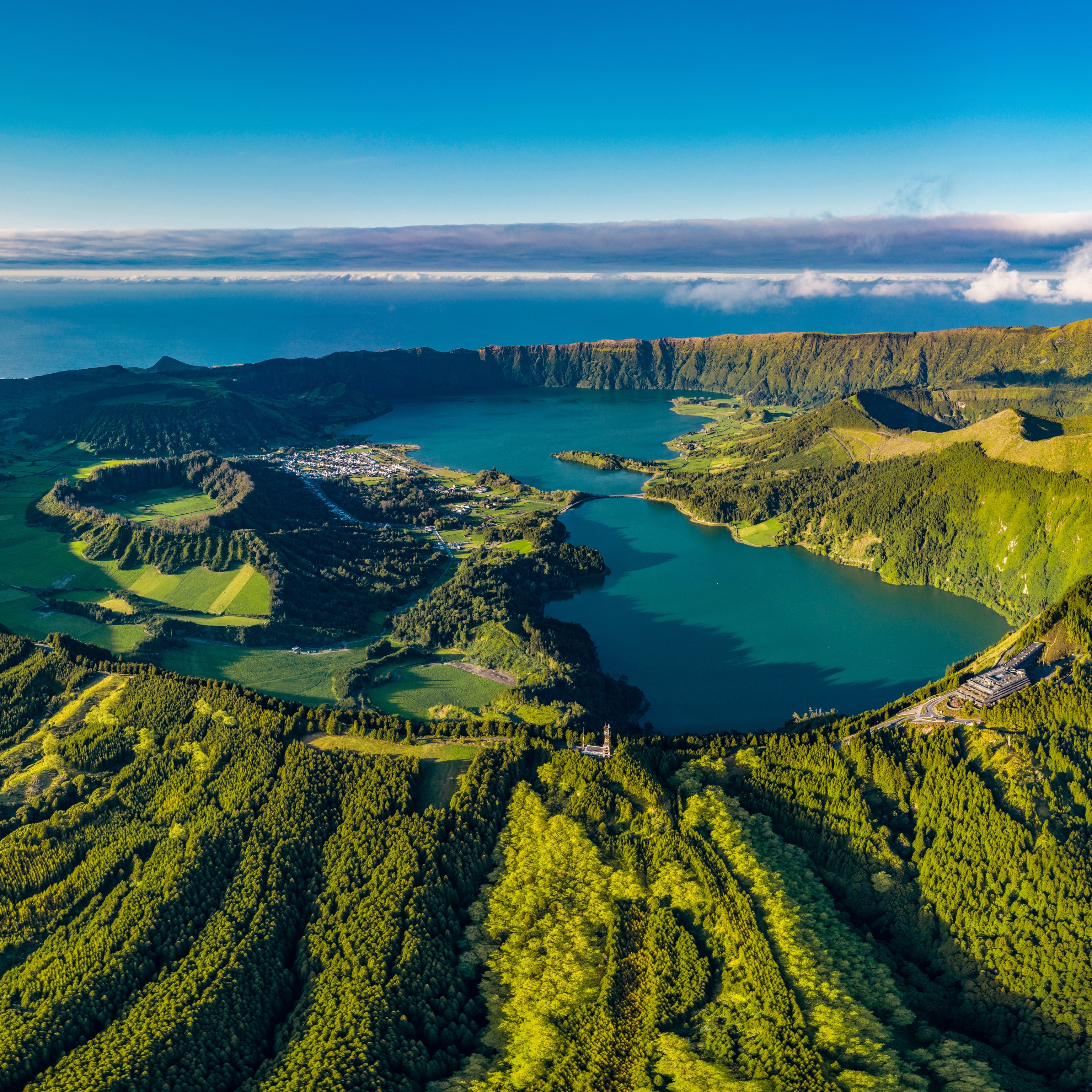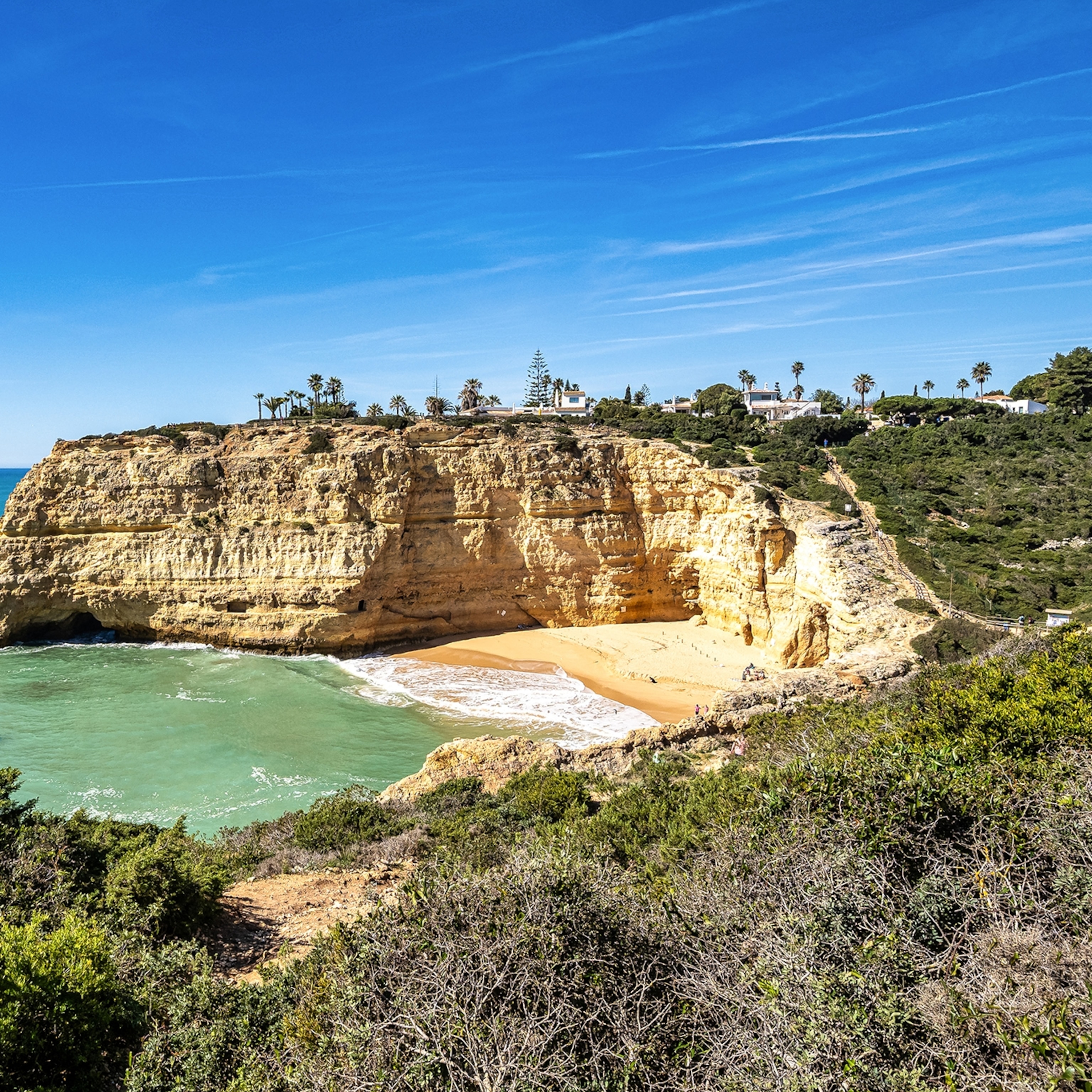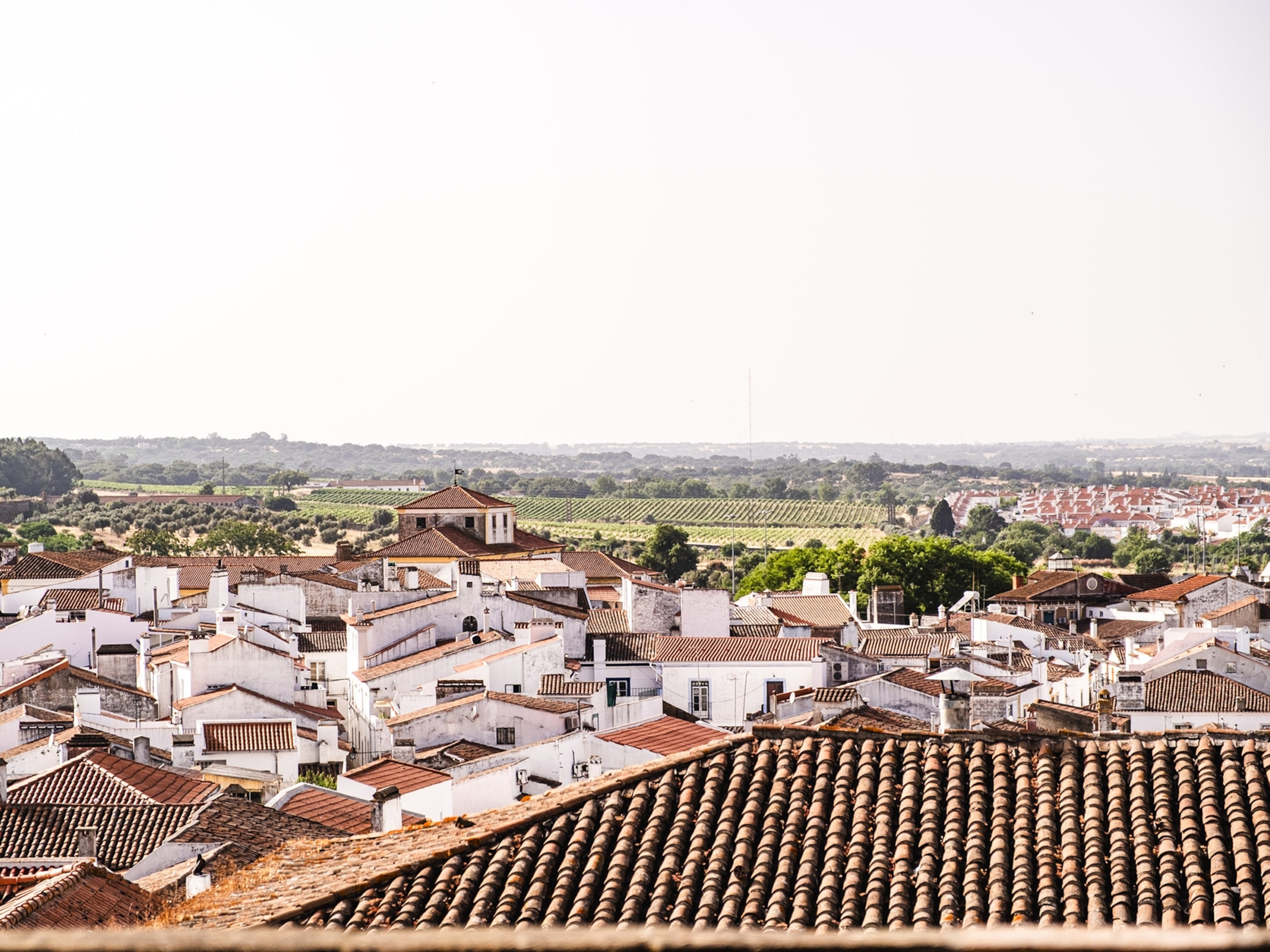
Hidden Algarve: how new hiking trails are opening up Portugal's quiet southern mountains
New hiking trails in the forested hills around Monchique are offering an alternative Algarve experience while boosting small communities in the region’s precious, rural hinterland.
Look closely, and the forest reveals itself as a playground. A brook appears from between dense branches, blanketed white by mats of water-crowfoots: a pool for two basking turtles, a slide for hundreds of pond skaters. Above a bush of wild mint, dragon- and damselflies court in a waltz of wings, while a nightingale warbles in the canopy. We rock hop to the other bank. “It’s a paradise for everyone,” says guide Francisco Simões as we hike on.
Founder of local walking tour company AlgarvianRoots, Francisco is leading me on a tour around Monchique, a municipality high in the western Algarve’s Serra de Monchique range. Roughly 30 miles inland from Albufeira on Portugal’s southern coast, it’s a different world from its popular seaside resorts, home to the region’s two highest peaks and woodland that benefits from a humid microclimate. “The brand of the Algarve is the coastline, not the mountains,” says Francisco. “There’s a lot of potential here, but people don’t know about it.”
Unlocking this potential is the aim of the Via Algarviana, a long-distance trail that runs for 186 miles along the interior of the region, from the Spanish border to the Atlantic — and it’s still a work in progress. Inaugurated in 2009, it’s been expanded over the years with a series of side trails, from shorter half-day hikes to paths between more well-connected towns. The latest additions are five paths around Monchique, which launched in late 2022 along with English-language maps and an app to make navigating the trails, already signposted, easier than ever.
It’s one of these new offshoots we’re exploring today, a circular five-mile hike through the woodland around Alferce. Our starting point is a rural village of white-washed, low-hung houses, a 15-minute drive from the market town of Monchique, the quiet capital of the namesake municipality. On a wall in the main square, Portugal’s signature blue-and-white azulejo tiles depict a community in action — farming, distilling, picking chestnuts — but it’s a Sunday morning in late April, and the streets are as still as the air.
Rerouting visitors from the coast, the Via Algarviana hopes to create more opportunities in rural outposts like this one, mitigating the mass exodus of local youth and, in turn, helping to preserve the local way of life. There are small signs the project is slowly starting to make an impact. An information centre on Alferce Castle — once a Moorish fortress, now an archaeological site — is in the works. And while there are limited accommodation options in Alferce, a growing interest from hikers has spurred talks of turning a disused bank into a hostel. “You didn’t see that 10 years ago,” says Francisco of a group of visitors we’d spotted on the drive here. “Something’s changing, and it’s a good thing.”

But for now, we’re alone on the trail. We follow its lazy curves through dense woods, on an unpaved path overgrown with yellow and purple wildflowers. Despite being only 28, Francisco — a native of nearby Silves, the Algarve’s ancient Moorish capital — knows the forest like the back of his tanned hands. As we walk, he identifies round medronho berries, which are distilled in basements around Monchique into a local firewater spirit. He even spots a carob tree, whose cocoa-like pods, used as an ingredient in desserts and beauty products, are known as the ‘black gold’ of the Algarve.
Yet, it’s the unassuming cork oaks Francisco is most passionate about. “It’s just cork, but it has a big story,” he says. Endemic to southwestern Europe, they’re the national tree of Portugal, protected by law since the Middle Ages. The moss tinting the high branches green, Francisco explains, attracts insects, which attract birds and so on up the food chain. The trunks, meanwhile, are russet and bare: their bark can be harvested without harming the tree, providing a sustainable source of income for local communities who sell it primarily for use in the wine industry.
It’s time-honoured work. It takes around 25 years for the first bark layer to grow thick enough, and subsequent stripping happens in nine-year cycles, allowing the cork to naturally regenerate. To respect nature’s schedule, each tree we come across is marked with a white number indicating the last year it was stripped. Yet, Francisco is concerned about their future. Across the country, they’ve been replaced with fast-growing, more lucrative eucalyptus plantations; the trees we’re passing are some of the last pockets of native cork forest left.
We spot more on the last leg of the hike, which grows steep and narrow — a harder trek under the midday sun. It makes the view all the sweeter when the vegetation finally lets up: cork oaks reach skyward with long limbs, pointing to Alferce and the soft rolls of the Sierra de Monchique in the distance. “As more people come, they’re going to see the benefit of maintaining all this,” says Francisco. “Being with local communities, preserving their way of life, conserving the native forest. It’s already happening, but it’s a long battle.” Fighting for this land, like caring for it, is a work of patience and resilience. As I look at the white numbers on the cork trunks, I know this is something the local community already understands.
AlgarvianRoots organises guided hiking excursions around the Algarve. Pure Monchique hotel, one of the accommodation options at Villa Termal das Caldas de Monchique Spa Resort, is close to the hiking trails around Monchique. Doubles from €101 (£87), B&B.
Getting there
British Airways, Ryanair, EasyJet and TAP Air Portugal are among the airlines flying frequently from UK cities including London, Manchester, Birmingham and Edinburgh to Lisbon, Porto and Faro.
Average flight time: 2.5h-3h. Flights can be less frequent in winter. Taking rail routes through Spain to reach Portugal has become harder with service closures since 2020, but it’s still possible to reach Lisbon from London in two days, via Paris, and Madrid or San Sebastián. ba.com ryanair.com easyjet.com flytap.com seat61.com
Getting around
Travelling by train is a breeze between cities, such as Lisbon-Faro (3h) or Porto-Lisbon (3h). Distances aren’t huge and services are reliable, regular and inexpensive. Regional buses sometimes serve gateway hubs to national parks and nature reserves, but services can be sporadic (especially in low season) and going beyond you’ll need your own wheels to explore.
When to go
Spring and early autumn are lovely times to visit, with wildflowers and foliage bringing colour to landscapes, often clear skies and mild temperatures (between 20C to 25C) that are ideal for outdoor activities. The further south you go, the warmer and drier it tends to get. Summers are hot, with temperatures notching 30C, and highs of up to 35C in the Algarve. July and August are peak holiday time, with crowds and room rates to match. Winters are cooler, with highs of around 15C in the south and 12C in the north, though it can feel much colder on the coast when Atlantic winds and rain sweep in. Expect snow in the mountains.
More info
Visit Portugal
Lonely Planet Portugal, £16.99.
Walking in Portugal, Cicerone, £16.95.
To subscribe to National Geographic Traveller (UK) magazine click here. (Available in select countries only).






